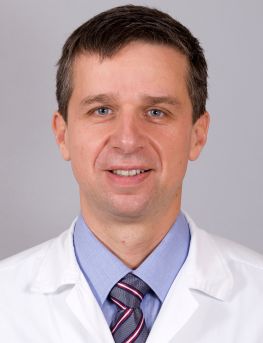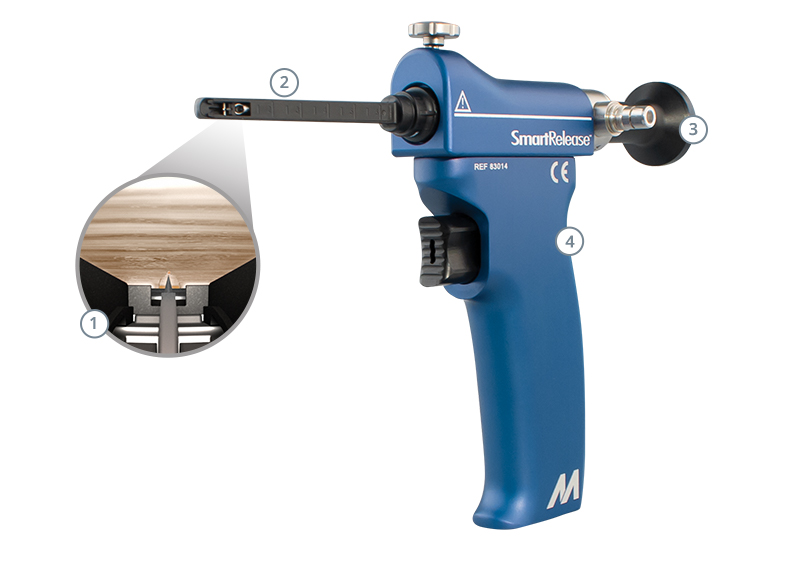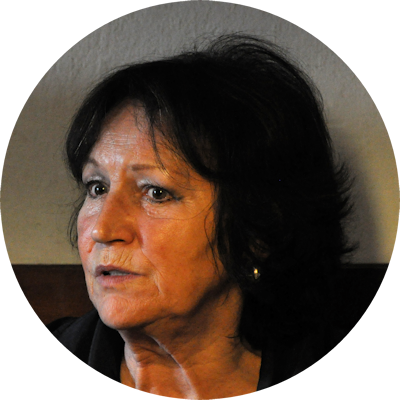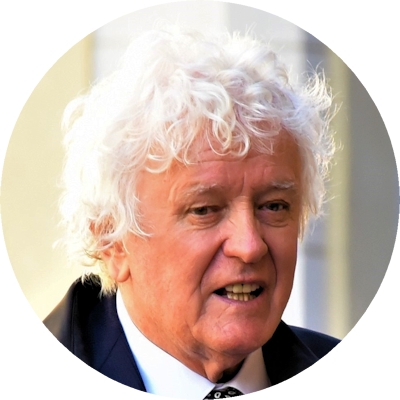Pregraduate education
- 1991–1997 1st Medical Faculty of the Charles University, Prague
- 1997 graduated as M.D.
Board certifications
- 2000 1st degree board certification in general surgery
- 2006 board certification in neurosurgery
Postgraduate education
- 1998–2005 neurosciences, 1st Medical Faculty of the Charles University, Prague
- 2005 graduated as Ph.D.
European Association of Neurosurgical Societies (EANS) courses
- 2003 EANS course in Amsterdam
- 2004 EANS course in Krakow
- 2005 EANS course in Prague
- 2006 EANS course in Luxembourg
- 2006 EANS Certificate, Part I
Prizes
- 2006 Professor Rudolf Petr Prize awarded by the Czech Neurosurgical Society for the best neurosurgical publication of an author younger than 35 years (in 2005)
- 2007 Piťha Prize awarded by the Czech Electrophysiological Society for the best electrophysiological publication in 2006 (member of the collective of authors lead by Stejskal: Intraoperative stimulation monitoring in neurosurgery, Grada, Prague, 2006)
Selected publications
Tomáš R, Haninec P: Dorsal root entry zone (DREZ) localization using direct spinal cord stimulation can improve results of the DREZ thermocoagulation procedure for intractable pain relief. Pain, 2005, 116: 159–163
Tomáš R, Haninec P, Houšťava L: The relevance of the corticographic median nerve somatosensory evoked potentials (SEPs) phase reversal in the surgical treatment of brain tumors in central cortex. Neoplasma 2006, 53: 37–42
Haninec P, Tomáš R, Kaiser R, Čihák R. Development and clinical significance of the dorsoepitrochlearis muscle in man. Clinical Anatomy 2009, 22(4): 481–488
Haninec P, Šámal F, Tomáš R, Houšťava L, Dubový P. Direct repair (nerve grafting), neurotization, and end-to-side neurorrhaphy in the treatment of brachial plexus injury. J Neurosurg. 2007 Mar;106(3):391–9
Pachl J, Haninec P, Tencer T, Mizner P, Houšťava L, Tomáš R, Waldauf P: The effect of subarachnoid sodium nitroprusside on the prevention of vasospasm in subarachnoid haemorrhage. Acta Neurochir (Suppl) 2005, 95: 141–145
Stejskal L., Tomáš R: Monophasic positive scalp somatosensory evoked potential (SEP) wave in parietal tumors. A cerebral “killed end potential” or a volume conduction wave due to the shift of dipole layer and increased solid angles at registration sites? Čes a slov Neurol a Neurochir 2005, 68/101: 368–372



























